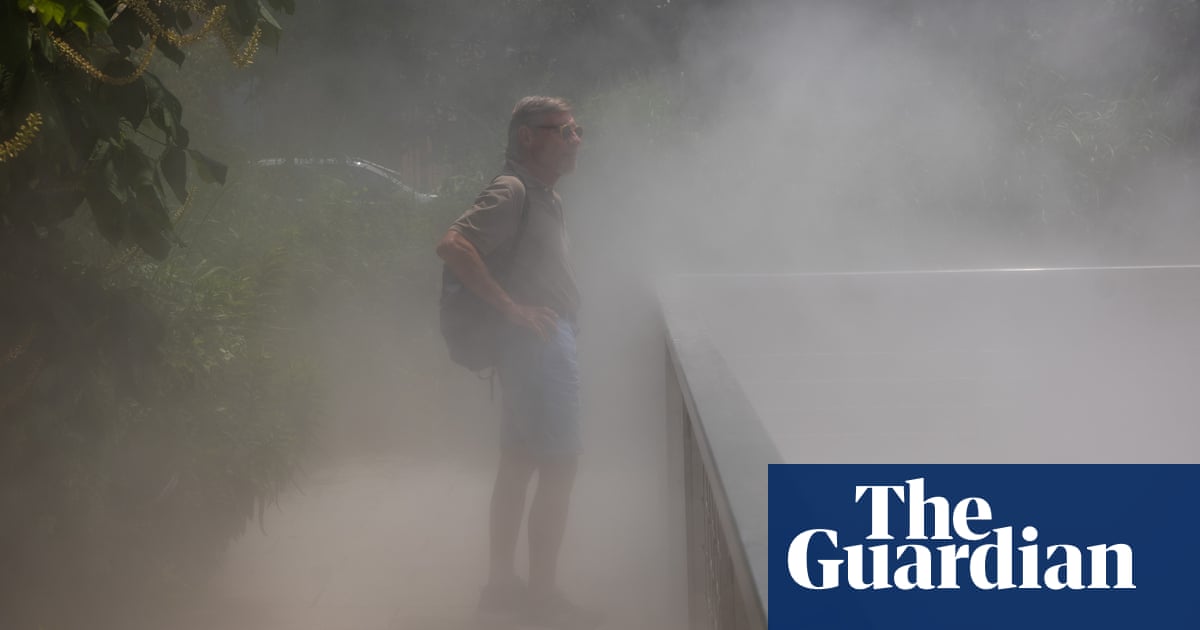Nearly 34 million people in those cities, or 15% of the US population, experiencing temperatures higher than in surrounding areas
Almost 34 million people in 65 major US cities, or 15% of the country’s population, are experiencing temperatures that are 8F higher than their surrounding areas, according to a new analysis from Climate Central, a non-profit research group.
That is largely due to built environments like parking lots and asphalt sidewalks, and a lack of trees, that contribute to what’s known as the urban heat island effect.
The research found the urban heat island effect was strongest in New York City, where the built environment can push temperatures more than 9F higher than nearby areas.
The study, which comes as extreme heat is blistering through the US, putting more than 146 million people under advisories, illustrates how many are enduring even higher temperatures due to the way their cities were built.



This is part of why we need to change the way we build our cities. Vast stretches of wide roads and massive parking lots soak up a lot of heat. Tram lines can have grass between the rails. Pedestrian paths can be built with lighter colors. Cycling pathes take up less space and allow for green space. Building up instead of out keeps cities smaller and more contained, even providing shade on streets.
Less asphalt also mean rainwater run off is less of an issue. Rain water collects dirt, garbage, salt, oils, tire/brake dust, and increases in temperature as it runs along hot road surfaces towards sewers. These all impact local streams and lakes by poisoning the water and disruprting natural temperature regulations (many eggs use water temperature to determine if it is time to hatch and if food will be available when they hatch).